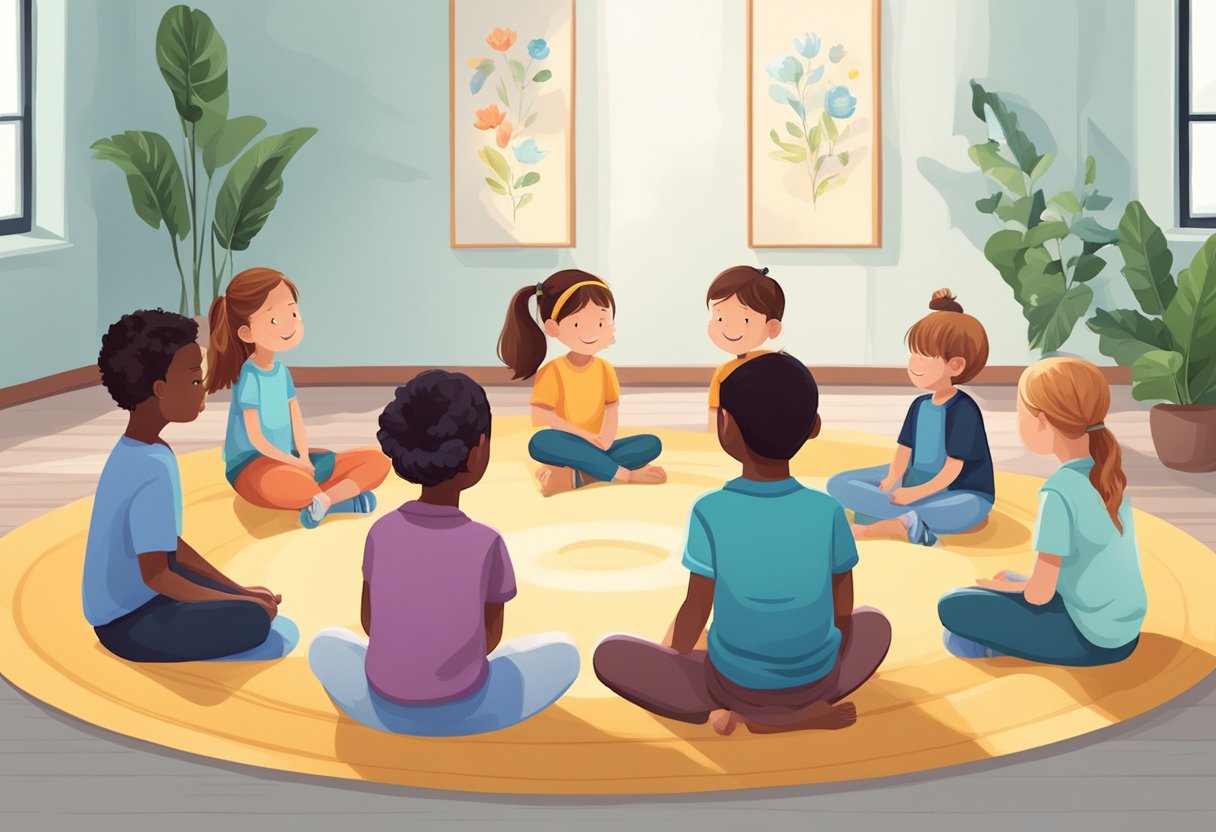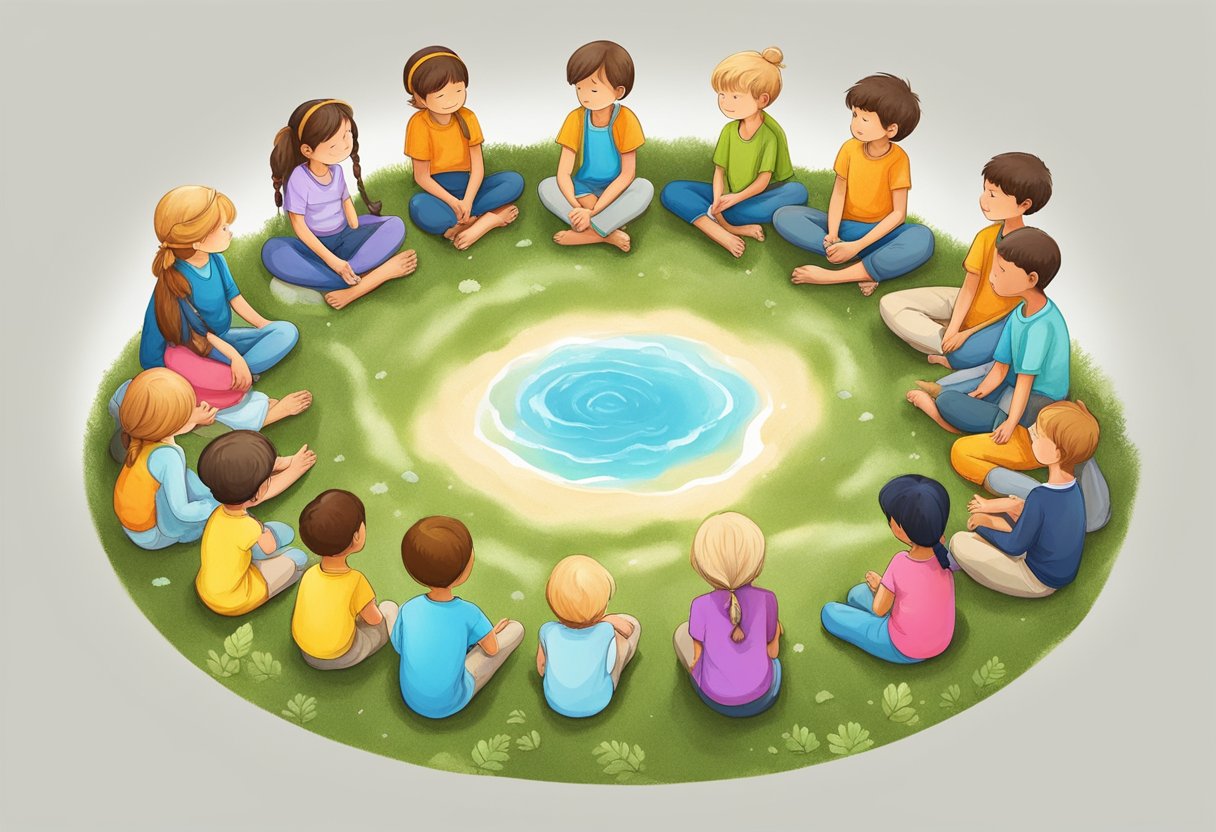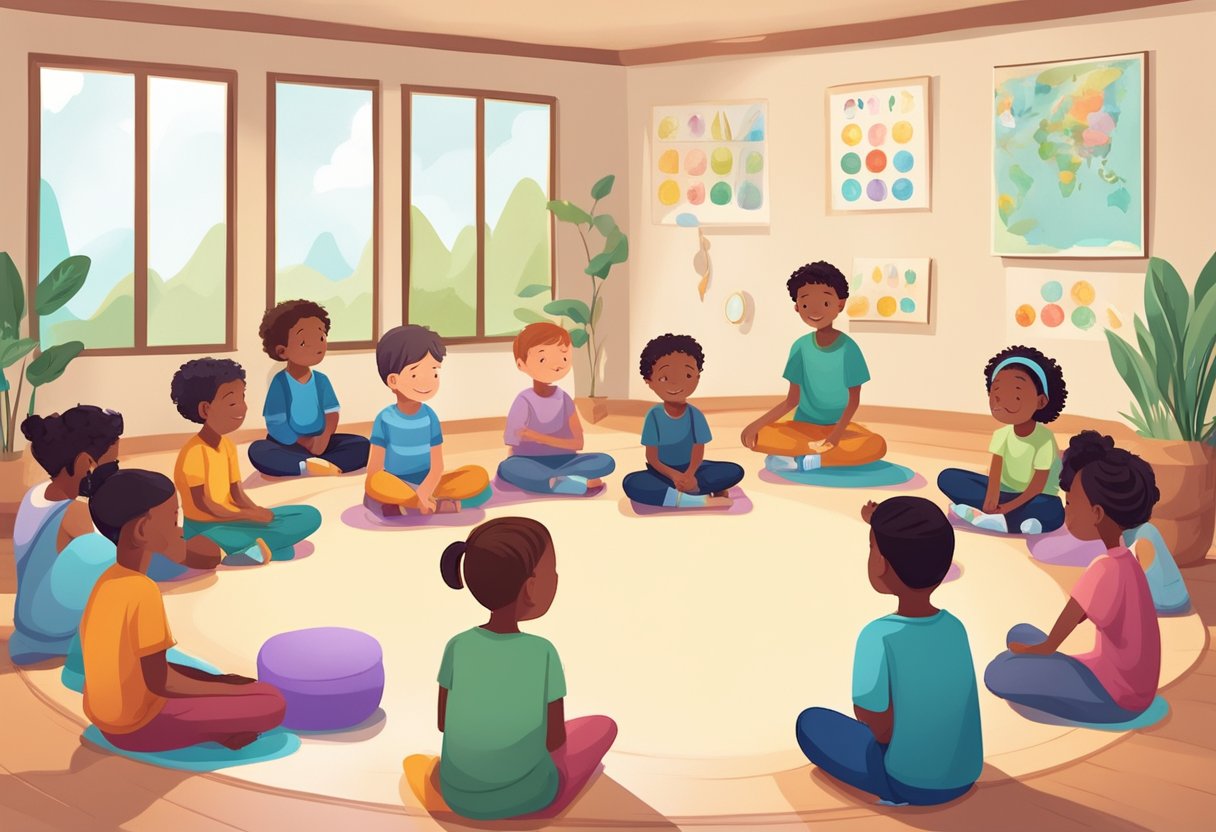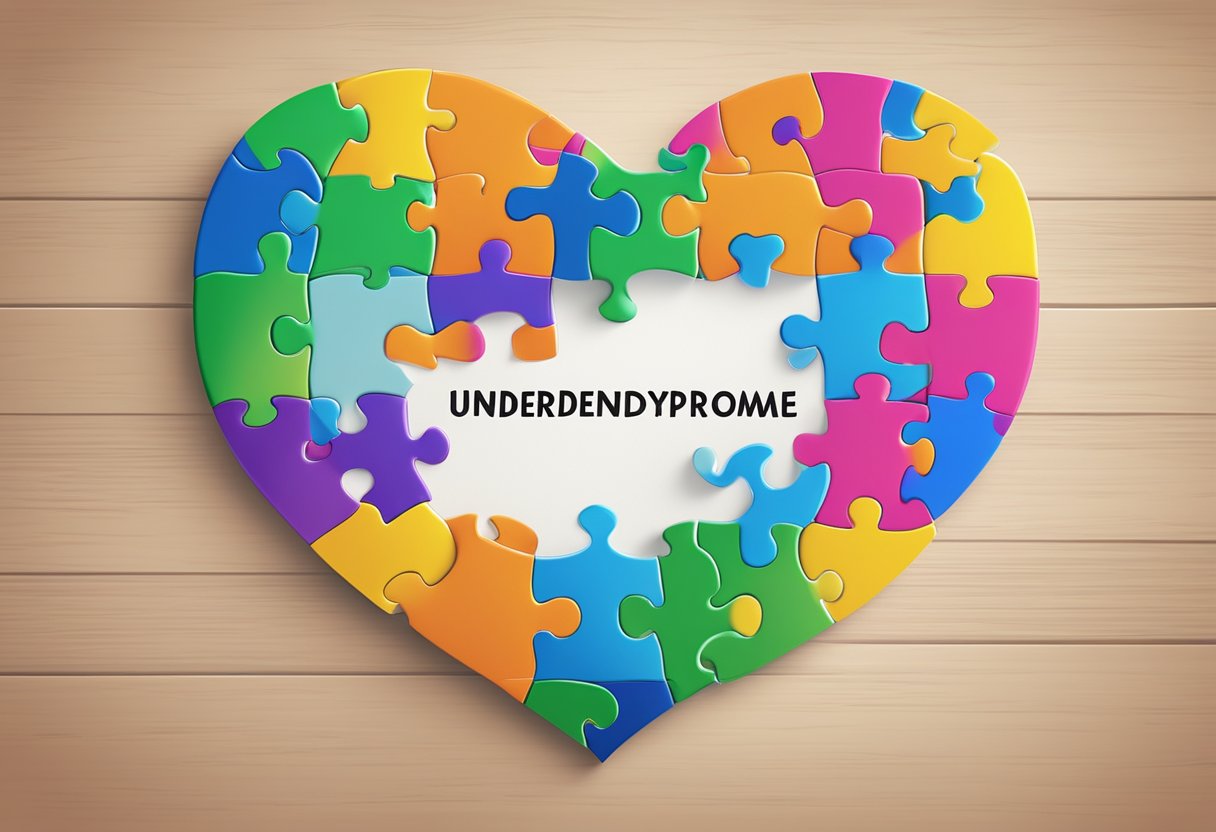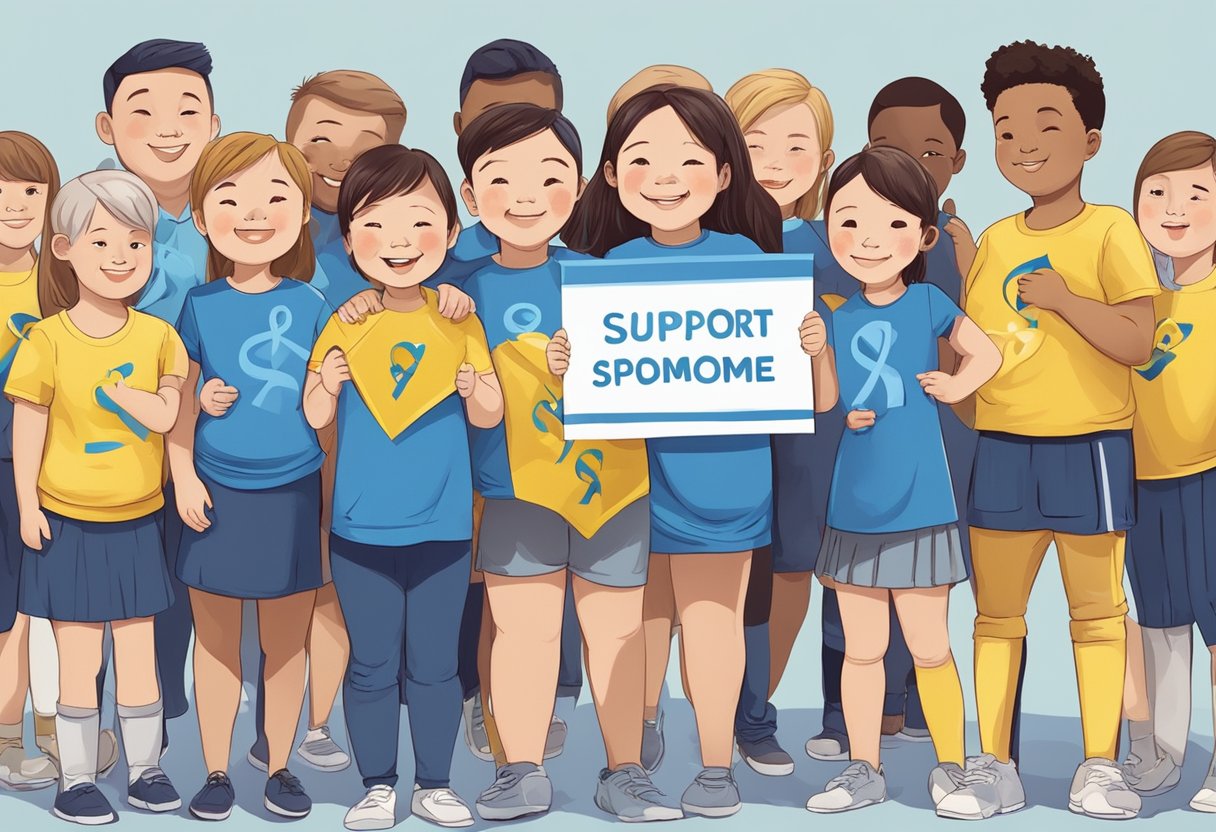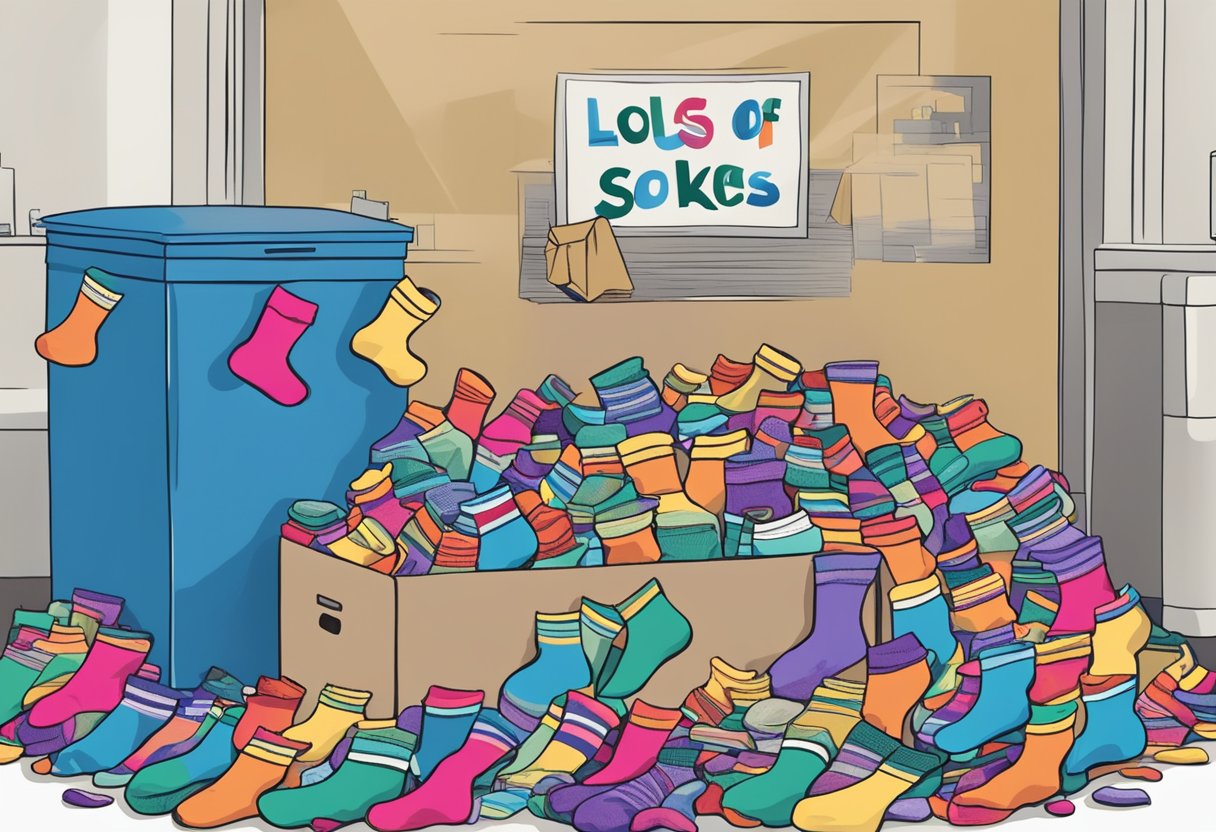Babies often exhibit a wide range of behaviors as they grow and explore the world around them. One behavior that can sometimes be observed is a baby’s fascination with lights, which may include staring intently at light sources such as lamps or sunlight. While this can be part of normal development, it can also be an early sign of autism spectrum disorder (ASD) in some cases. Autism spectrum disorder is a developmental condition characterized by challenges with social interaction, communication, and repetitive behaviors. It’s important to understand that not all babies who stare at lights have autism, as infants typically have a natural curiosity about their environment.

Recognizing the early signs of autism can lead to earlier intervention, which is beneficial for the development of children with ASD. In addition to a baby staring at lights, other early indicators might include a lack of eye contact, limited responsiveness to their name, or reduced interest in people. These signs can sometimes be noticed in children as young as a few months old. However, every child develops at their own pace, and what might be a sign of autism in one child could be within the range of typical development for another.
Healthcare professionals use a variety of tools to assess and diagnose autism, often involving a multi-disciplinary team. Early detection and intervention can make a significant difference in the life of a child with autism. Therefore, if parents or caregivers have concerns about a baby’s development or notice unusual patterns such as an excessive preoccupation with lights, seeking guidance and evaluation from a specialist is recommended. More detailed insights and experiences can be found in resources like “Young children with autism spectrum disorder: Strategies that work” and in literature such as “Signs of autism in infants: Recognition and early intervention,” which provide greater context and understanding of the symptoms and approaches to autism.
Early Signs and Diagnosis of Autism
Recognizing the early signs of autism spectrum disorder (ASD) is crucial for timely intervention and support. This section outlines the significance of early detection, the role of gaze and eye contact, and the responsibilities healthcare professionals hold in diagnosing ASD during infancy.
Detection of Early Signs in Babies and Infants
Babies and infants may exhibit early signs of autism such as lack of responsiveness to their name, limited use of gestures to communicate, or an unusual fixation on certain objects. It has been observed that some infants show a pronounced interest in lights or moving objects, which could deviate from typical developmental expectations. Concerns often arise from parents noticing persistent patterns of abnormal focus or gaze, such as staring at lights, which can prompt further assessment for ASD.
Importance of Eye Contact and Facial Expression
Eye contact and facial expressions are significant social communication avenues. Infants typically develop these abilities within the first few months of life. However, children with autism may display marked challenges with eye contact; they might avoid it, not follow a point or gaze, or fail to respond to someone else’s facial expressions. Changes or delays in these areas can be a sign of autism and warrant professional attention.
Role of Healthcare Professionals in Early Diagnosis
Healthcare professionals are pivotal in the early diagnosis of autism. They possess the expertise to discern between typical and atypical development and can conduct screenings to detect signs during well-child visits. An early and accurate diagnosis can significantly influence the trajectory of a child’s development. However, despite advances in understanding autism and its signs, there is a gap in the mean age of diagnosis, which remains 4 to 5 years, highlighting the need for improved detection methods and awareness.
Understanding Autism Spectrum Disorder
Autism Spectrum Disorder (ASD) is a complex developmental condition that involves persistent challenges in social interaction, speech and nonverbal communication, and restricted/repetitive behaviors. The effects of ASD and the severity of symptoms are variable and can result in a wide range of skills and levels of disability.
Defining Autism Spectrum Disorder and Severity Levels
Autism Spectrum Disorder is an umbrella term that includes a range of neurodevelopmental conditions. These conditions are characterized by:
- Social disability: Difficulty with social interactions and forming connections with others.
- Behavioral signs: Repetitive behaviors and strict routines or patterns.
The severity levels of ASD are assessed based on two key domains:
- Social Communication Impairments
- Restricted, Repetitive Patterns of Behavior
Severity is further categorized into three levels:
- Level 1: Requiring support.
- Level 2: Requiring substantial support.
- Level 3: Requiring very substantial support.
Communication and Social Interaction in ASD
Individuals with ASD often face challenges in communication and social skills. These include:
- Nonverbal communication: Difficulties in understanding and using gestures, facial expressions, and eye contact effectively.
- Social interaction: Challenges in adjusting behavior to fit various social contexts, sharing imaginative play or making friends are commonly observed.
Each person with ASD may present a unique mosaic of symptoms, with some excelling in verbal communication while others might be entirely nonverbal. Despite these challenges, many individuals with ASD can engage in relationships, employment, and independent living, especially with the appropriate support and accommodations.
Developmental Milestones and Behaviors

In monitoring infant development, it’s critical to recognize both the achievement of developmental milestones and the presence of unusual behaviors. These observations can help identify potential developmental differences from an early age.
Recognizing Developmental Milestones and Delays
Developmental milestones are specific skills or activities that most children can do by a certain age range. These often include making eye contact, responding to their name, smiling, and using simple gestures like waving. Delays in reaching these milestones, such as limited use of gestures or poor eye contact, might indicate a developmental difference. It is important to observe a baby closely for these signals, as early identification can be crucial for intervention.
Behavioral Patterns in Children with Autism
Children with autism may demonstrate distinctive behavioral patterns that differ from typical developmental trajectories. These can include less frequent joint attention, where a child fails to follow gaze cues or pointing gestures, indicating a potential challenge in social communication. Additionally, repetitive behaviors such as excessive staring at lights or objects can be observed. These behaviors might emerge alongside or independent of other developmental milestones.
Early Intervention and Treatment Options

Early intervention and treatment options for autism, such as structured therapies and support programs, can significantly impact a child’s development. These approaches are most beneficial when initiated at the first signs of autism, often indicated by behaviors like excessive staring at lights.
Benefits of Early Intervention Programs
Early intervention programs typically involve a team of specialists who work with the child and the family to address developmental delays. They prioritize individualized treatment plans that target the unique needs of each child. Research shows that early intervention can improve outcomes in communication, social skills, and behavioral challenges.
- Structured Therapies: These may include speech therapy to improve language skills and social communication.
- Family Support and Education: Parents and caregivers receive training to continue interventions at home.
Various Treatment Modalities and Support
A range of treatment modalities are available, and a doctor might recommend a combination based on the child’s specific needs.
- Therapies:
- Speech Therapy: Enhances communication abilities and addresses language impairments.
- Behavioral Therapies: Applied Behavior Analysis (ABA) is a widely used therapy that improves social skills and reduces unwanted behaviors.
- Support Services:
- Support groups and community resources can provide additional assistance and education for families.
While medication is not a cure for autism, it may be prescribed to treat specific symptoms. It’s imperative to consult with a healthcare professional regarding the appropriate intervention strategies and any potential medication.
By initiating early intervention and treatment options, they can positively alter the developmental trajectory for children exhibiting signs of autism, like an unusual focus on lights or other sensory inputs.
Parental Guidance and Support

Parental guidance plays a critical role when a child has been diagnosed with autism. Families often seek clarity and resources to support their child’s development. The following subsections outline the key steps for navigating post-diagnosis life and the rich supports available to families.
Navigating the Journey After Diagnosis
After receiving an autism diagnosis, parents are often faced with the challenge of understanding what this means for their child’s future. Immediate action includes discussing the implications with their doctor and considering how the diagnosis might influence their child’s needs at home and in educational settings. Families must also observe their child’s behavior closely, such as a baby staring at lights, which may inform tailored support strategies.
Parent observations are critical during this time because they know their child best and can give crucial insights to healthcare providers. Doctors typically encourage parents to be diligent in noticing any behaviors of concern and changes over time, which can be pivotal in adjusting care and intervention strategies.
Resources and Support for Parents and Families
Families are far from alone on this journey, as a variety of resources and support systems exist to aid them. They range from therapy and educational programs to social support groups, offering both the child and their relatives substantial assistance.
- Education and Behavioral Resources: Books such as “Could it be Autism?: A Parent’s Guide to the First Signs and Next Steps” offer insights into initial signs and actionable steps.
- Support Groups: Connecting with other families through support groups can provide emotional backing and practical advice. Examples include online communities and local meetups.
The key for families and parents is to leverage the support available to them, being proactive in seeking out resources and ensuring that their diagnosed child receives the comprehensive care they need.



